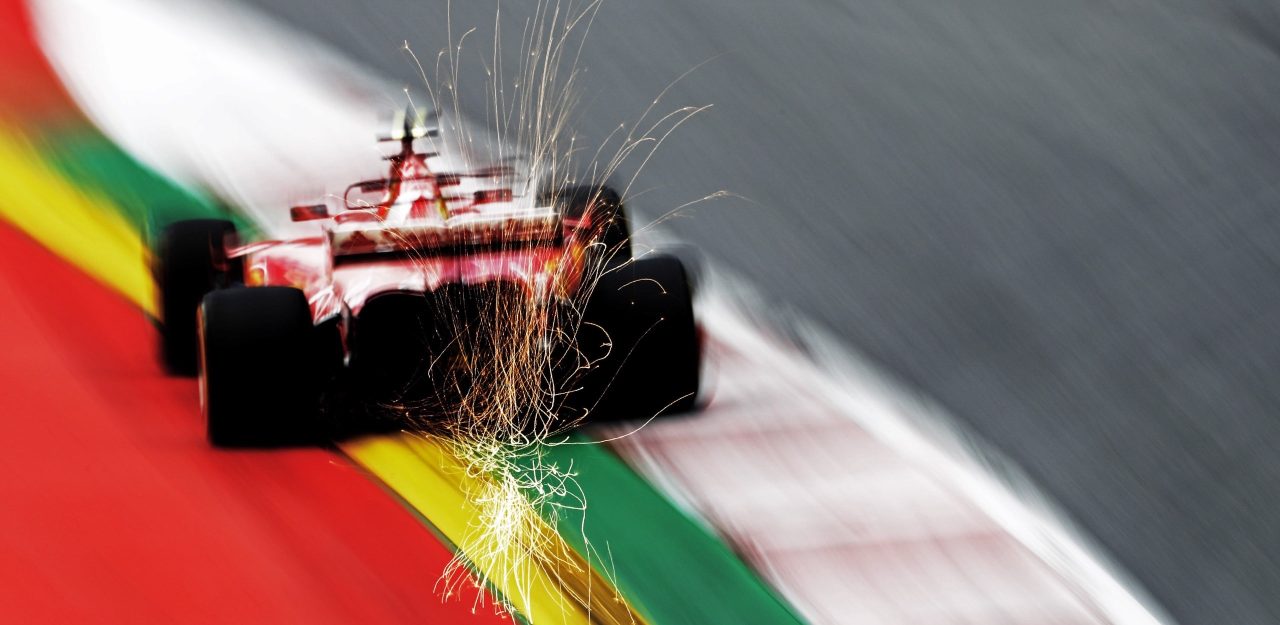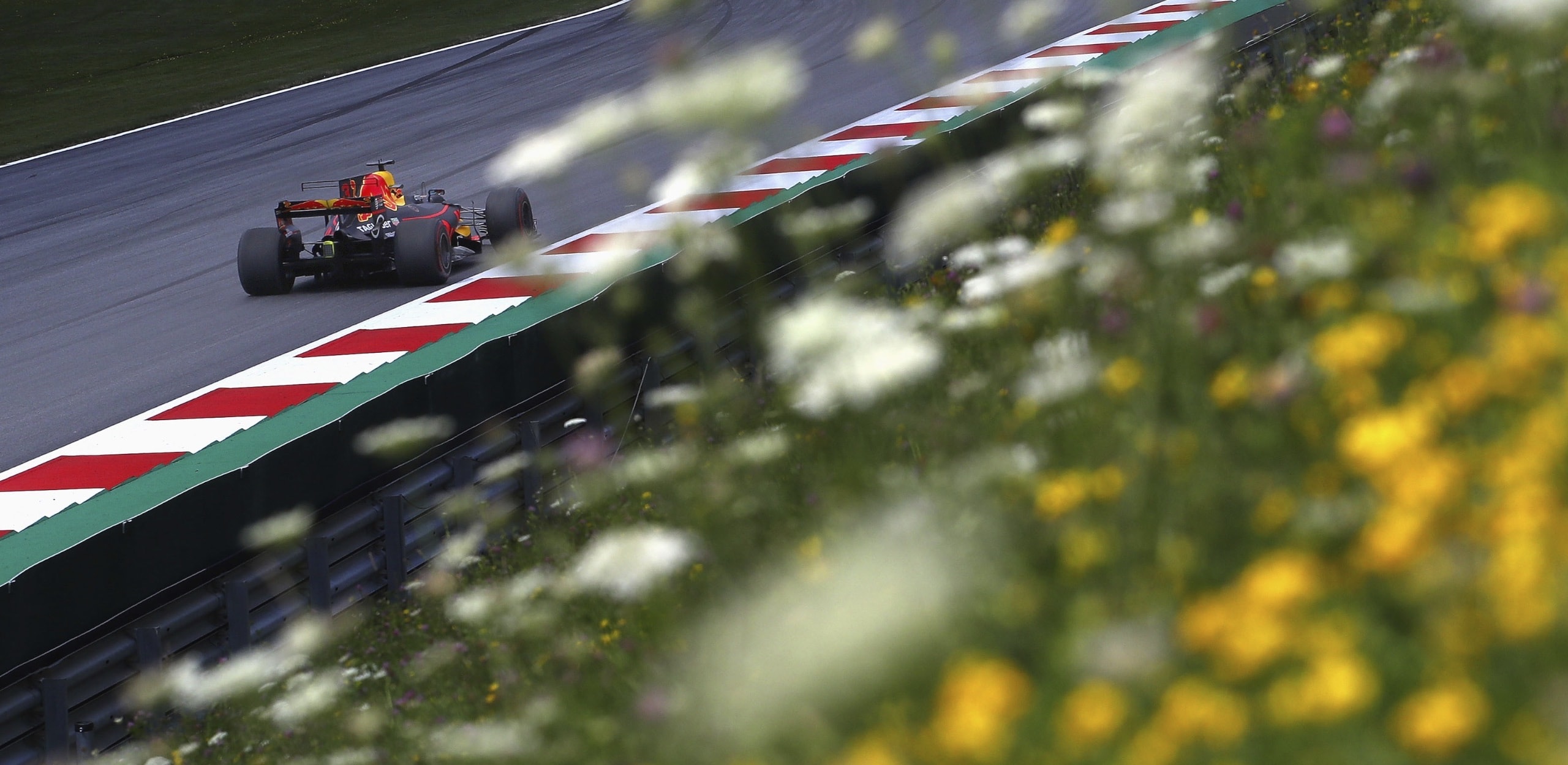
It was déjà-vu for Valtteri Bottas as he captured the Austrian Grand Prix, again holding off a surging Sebastian Vettel just as he had earlier this season for his first victory at the Russian Grand Prix in Sochi. The rapidly improving Finn’s now a factor for the 2017 Driver’s Championship title.
Bottas’ path to victory was steady but not without drama. He remained calm as Vettel closed to within one-second with five laps remaining, then used all of his remaining grip to make the best launch off the slower Turns 1 and 2. Behind the duo, third place Daniel Ricciardo was fending off Lewis Hamilton by the same margin. Bottas held on to take the flag by just 0.658s much to the chagrin of Hamilton, who overcame his five grid place penalty to finish fourth but leaves Spielberg trailing championship leader Vettel by 20 points.
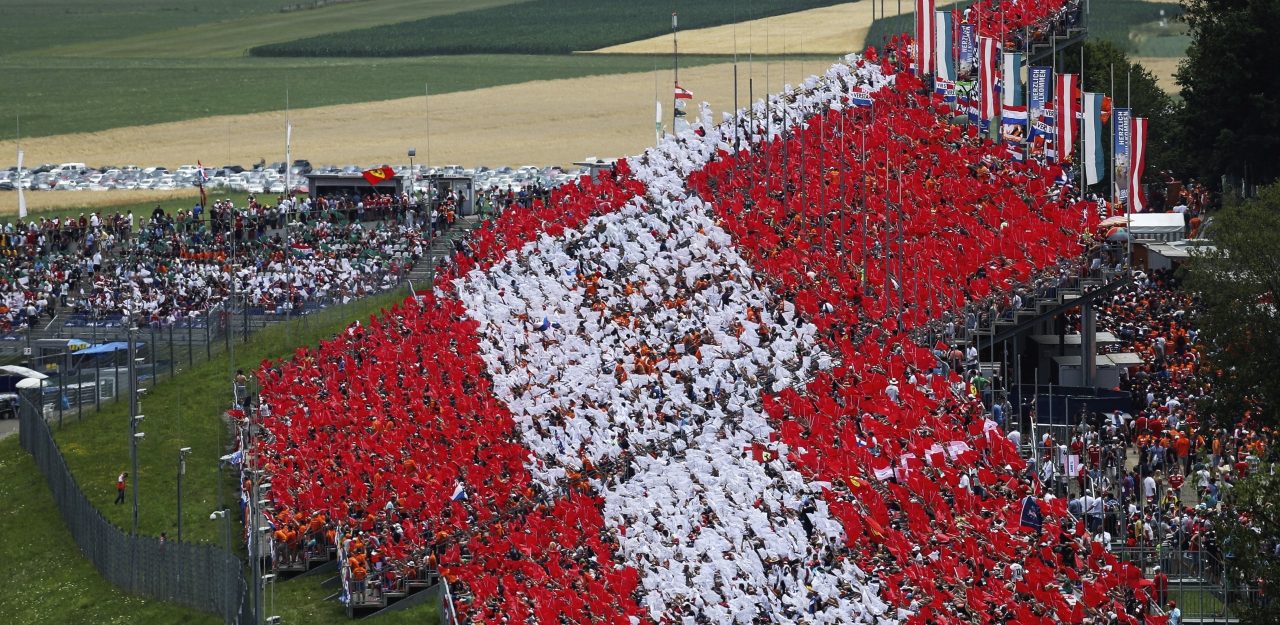
The Red Bull Ring, formerly Osterreichring, with just nine corners connecting winding straights is a unique track for F1. Built on the side of a steep hill, only 4.318km long and around 700m (2,297 ft) above sea level, the track has significant elevation changes from corner to corner throughout the lap.
Because of this altitude, the F1 PU turbos have to spin at a much higher rate to produce the same amount of power, so mechanical and PU dependability are under extreme stress. Add in how that power is allocated and recovered, and this simple track is anything but. And, there are even more challenges.
Two of Red Bull Ring’s nine corners are flat out, with another series of three high-speed corners having severe off-camber profiles. The high altitude means lower air density resulting in less effective aero downforce front and rear. With less downforce, the challenge is to find the optimal aero balance front-to-rear, so tyres are not shredded by sliding either end through the high speed off camber corners while also not losing speed on the straights. Adding in the altitude induced high brake temperatures (less dense air available for cooling) makes finding the right set-up at the Red Bull Ring both critical and elusive.
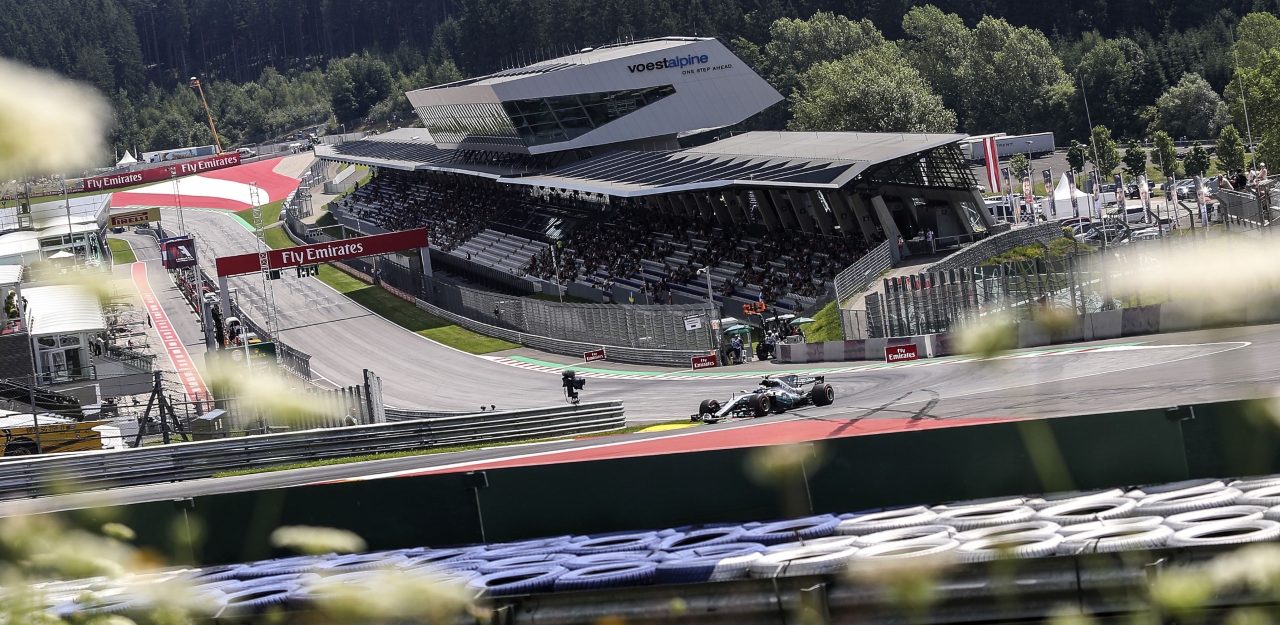
Different setup paths were easily observed. Hamilton’s Mercedes with wings trimmed down, provided a DRS assisted 328km/h on the straight, while the Red Bulls, carrying slightly more wing angle (and a less potent Renault PU) could only reach 295km/h. Nevertheless, they were within less than 0.3-seconds over a race lap.
Finally, there is the high altitude-charged weather. Rain can arrive with little notice, making a race tyre strategy plan a moving target.
The final engineering verdict on Red Bull Ring; keep front wing downforce on the conservative side to avoid oversteer, flatten both wings to take as much straight-line as you can handle and leave a window open for rapidly changing conditions.
Bottas took pole position in Q3 with a time of 1m04.251s. Vettel would start second just 0.042s behind the Finn. Although Hamilton hung on for third on the grid by 0.173s, he had already steeled himself for the last week against a five-place grid penalty for a gearbox change; the Briton would start eighth.
A glimpse of the Red Bull Rings set up conundrum could be found at Williams. While every car in the field beat 2016’s pole position time of 1m07.922 during qualifying, Lance Stroll, who had his breakout race and first podium just two weeks ago in Baku would start 18th, just one spot behind teammate Felipe Massa. Both complained they couldn’t find a setup that “turned on” their tyres.
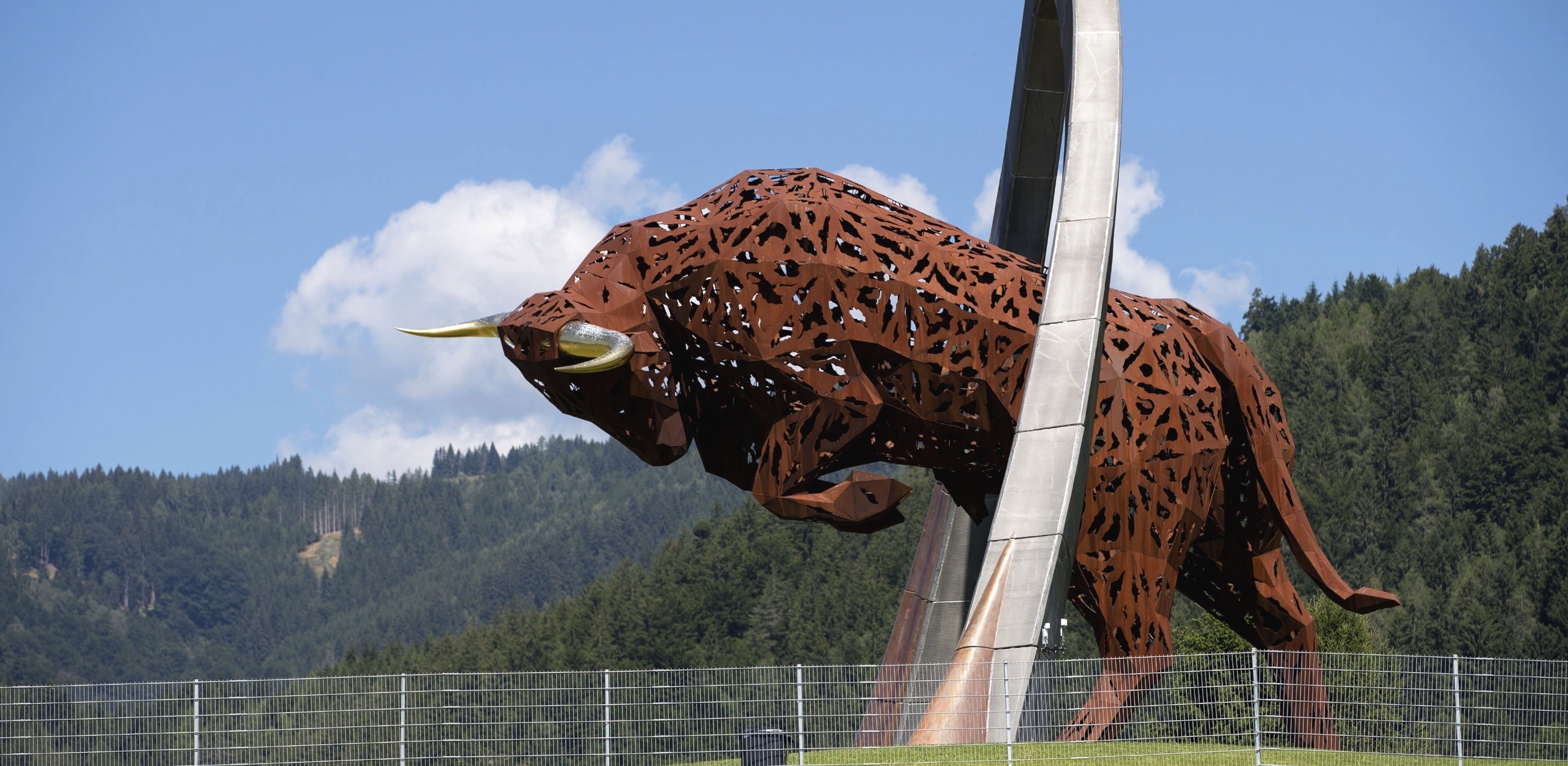
Bottas made what is now roundly viewed as the ultimate F1 start, leaving the line just .02 seconds after the lights went out; Vettel looked comparative glued in place but quickly recovered, following Bottas through Turn 1. With Bottas starting advantage was so noticeable, Vettel immediately pushed Ferrari to request a jumped-start investigation. While it took 20 laps for a decision, the FIA assessed no penalty as the video showed the Mercedes indeed not moving until the lights went out.
It would be Bottas’ only worry until six laps from the finish.
Behind them, Ricciardo used the inside line of Turn 2 to shut out Raikkonen out of third; the Finn was also overtaken by a very competitive Roman Grosjean’s Haas for fourth.
Max Verstappen’s start was a mess, thanks to suspected clutch failure. By the time he began moving he had dropped well back of his fifth place starting slot. He arrived at Turn 1 in the midst of the swarm.
At the same time, Daniil Kvyat’s Toro Rosso had cut up the inside from 14th on the grid. He was level with the also fast-starting Fernando Alonso’s McLaren when that swarm slowed dramatically. With nowhere to go, Kvyat locked up and slammed into Alonso who had anticipated the Russian’s move but could do nothing about it. Alonso then speared into Verstappen just as he turned in for the corner; Verstappen never saw the careening McLaren coming. The impact bent the Dutchman’s rear suspension, and his race, as well as that of Alonso, was finished on the spot.
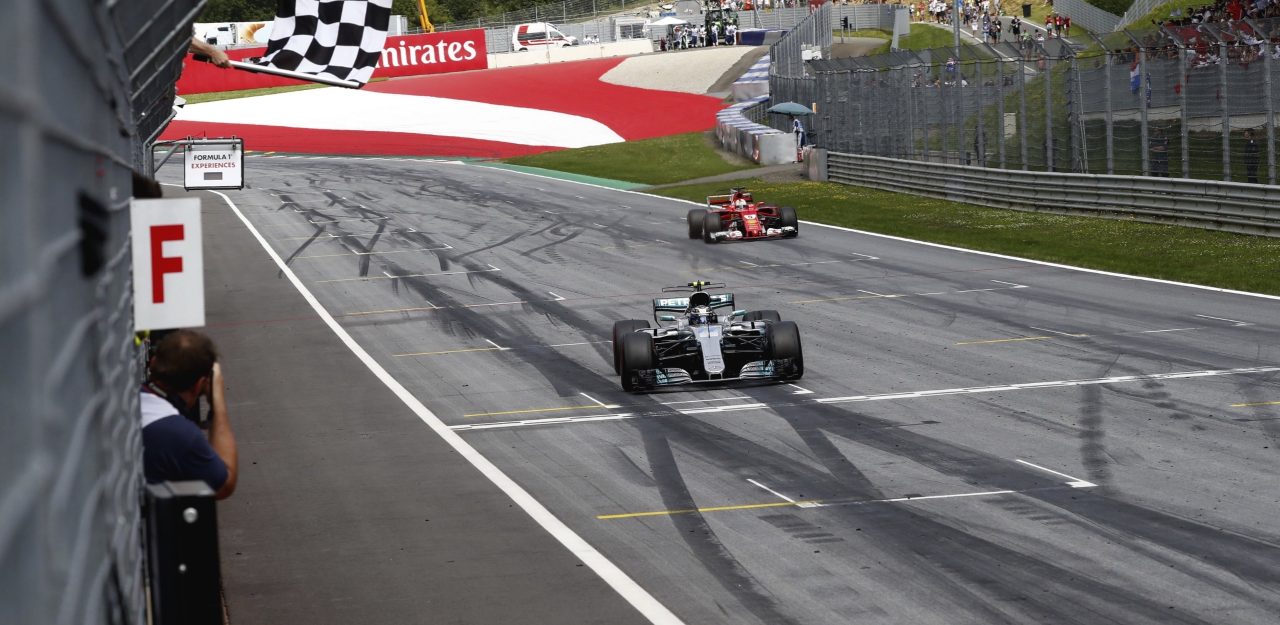
It was Verstappen’s fifth retirement in seven races. As he abandoned his car, thousands and thousands of his orange-shirted Dutch fans mourned the still-teenaged star’s unavoidable retirement. Kvyat was hit with a drive-through penalty that dropped him to last and 16th at the finish.
Hamilton made a good start, kept out of trouble and began steadily picking off positions. He overtook Sergio Perez within the first five laps and then passed Grosjean a few laps later. He had chosen to start the race on the supersoft tyres (rather than the ultrasofts picked by his fellow racers). He looked to run a longer first stint (around 26 laps compared to 18-20 laps for the others supersoft choice)
The three-time champion moved up into the top four and then pitted his Mercedes on Lap 31 for a one-stop strategy, taking on Pirelli’s ultrasofts that also helped him undercut Raikkonen. Hamilton would carry on over the remaining 40 laps, and while the ultra-softs were blistering over the final 15 laps, they had enough grip to challenge Ricciardo to the flag.
Despite the first lap fireworks, the Austrian Grand Prix produced little passing or drama over the following 65 laps, allowing Bottas to set the pace, seemingly with an absolute bullet-proof lead.
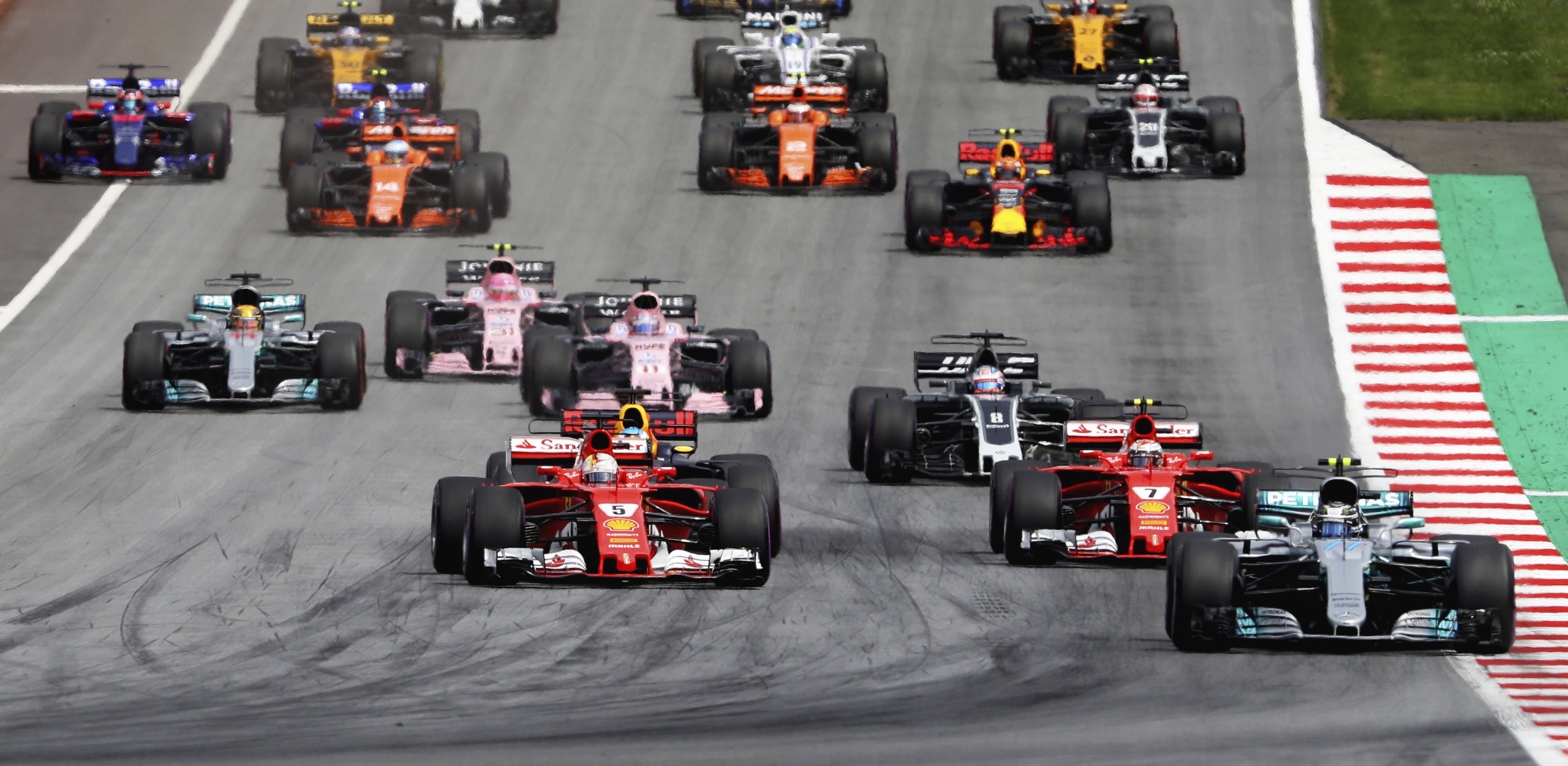
With six laps remaining, that all changed. It was then that the Finn felt blisters festering on his left rear super-soft tyre, a result of his Mercedes picking up too much front wing downforce as his car used up its fuel.
In the next two laps, Vettel sensed Bottas’ problem and began flogging his SF70H, cutting the gap to less than a second in hopes of pushing the Finn to destroy his tyres to protect his lead.
Bottas responded with “cool,” reaching down to find almost half a second in traffic three laps from the end, despite a left rear tyre that grew less willing to co-operate by the corner. It was a textbook defence, giving Bottas just enough cushion to hold off the charging German. He led Vettel by 0.658-seconds at the chequered flag.
Behind the Bottas/ Vettel duel, Daniel Ricciardo was busy protecting his podium position with two laps remaining, using his own brand of cool. Instructed by Red Bull boss Christian Horner to get his “elbows out,” Ricciardo was not going to give Hamilton an inch. On Lap 70, he aggressively blocked Hamilton when he tried to use DRS to pass on the outside of Turn 4. Rebuffed, Hamilton tried once more, but his own now fatally blistered ultra-soft tyres left him with nothing to challenge. Ricciardo pulled away on the final lap, leaving Hamilton 1.5s in his wake.
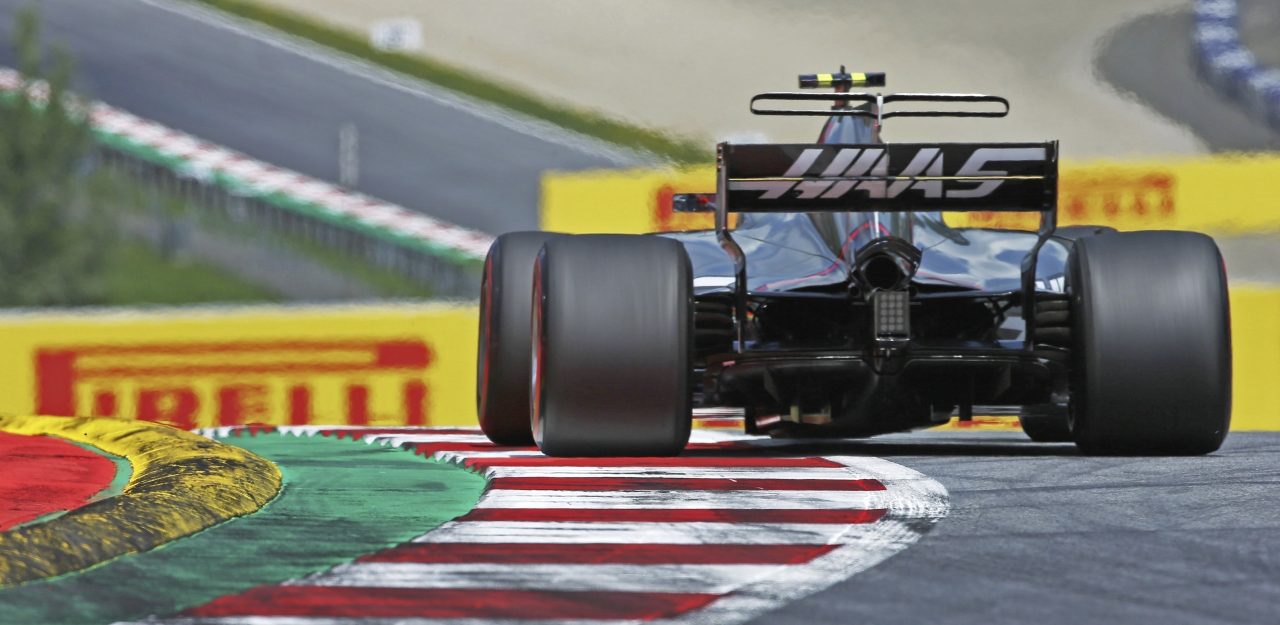
Raikkonen soldiered on to fifth as his Ferrari suffered from electrical problems after halfway. Roman Grosjean left his Haas’ eternally vexing brake problems in the dust with a spectacular drive to sixth. The Force India teammates patched their differences from Baku to take a double-points finish in seventh and eighth with producing a 49-point lead over Williams for fourth place in the constructors’ standings.
And finally, the once suffering Williams teammates found valuable points in the race in part to their great starts, up to ninth and tenth on the opening lap after starting 17th and 18th respectively. Massa proved faster partnering with the young Stroll for two split tire strategies to give them the greatest performance cushion. Never giving an inch, they kept their well-earned early race positions to take the last points.
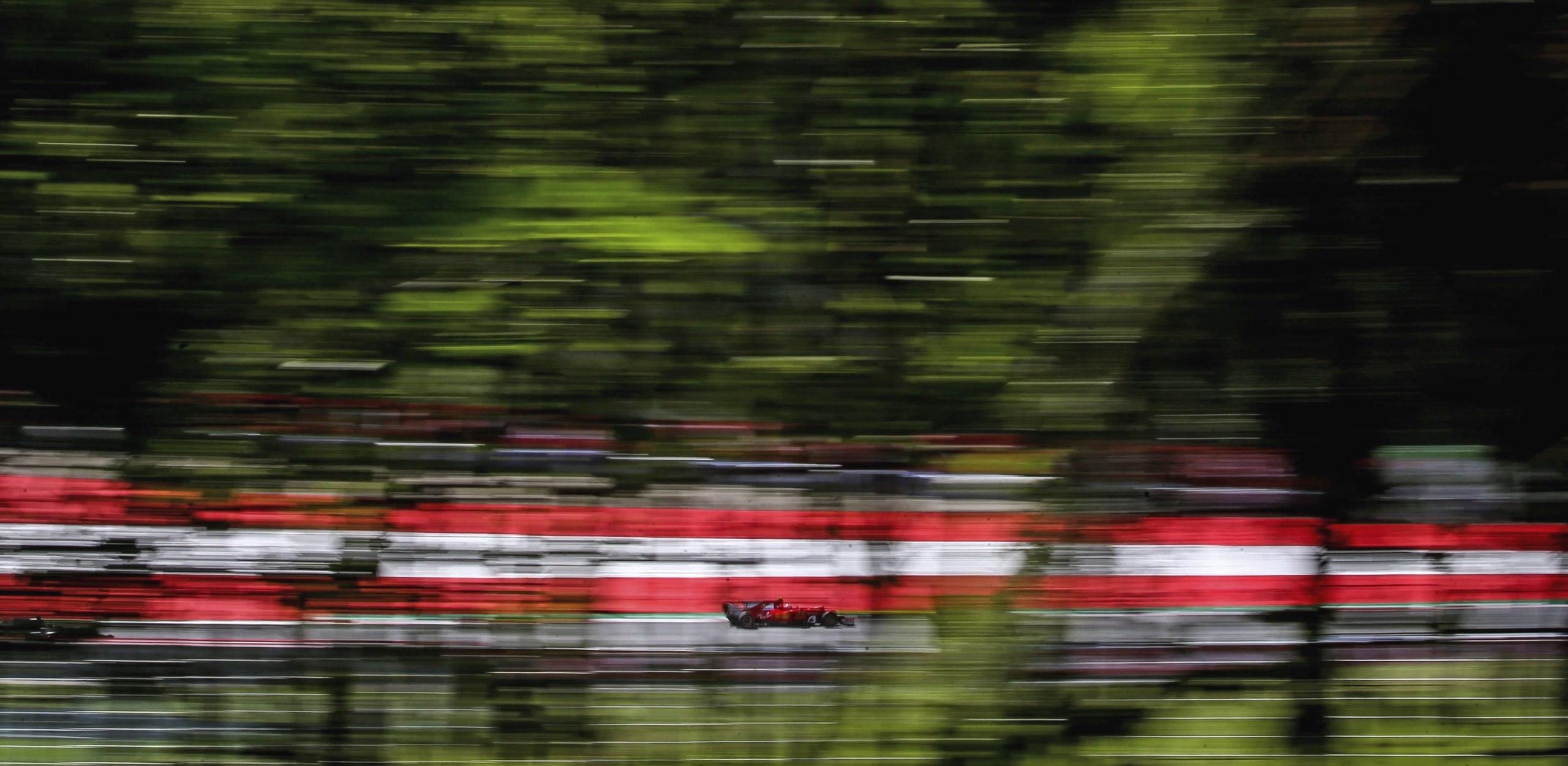
With his second victory of the season, Valtteri Bottas is now a serious contender for the world championship; at just 15 points behind Hamilton, Bottas is closer to his teammate, than Hamilton is to Vettel. Austria proved his first win wasn’t a fluke and his blinding start is evidence of his now firm confidence. His consistency should be a wakeup call for Hamilton.
Bottas wasn’t the only driver to have a déjà-vu moment. Toro Rosso driver Daniil Kvyat opening lap accident with Alonso and Verstappen resembled his Sochi 2016 crash with Vettel that brought his demotion from Red Bull to sister team Toro Rosso. Surely, after the race, Red Bull management not only heard Max Verstappen’s rage but also Christian Horner’s lament of the loss of valuable constructor’s points – read income… Kvyat is not long for F1.
Speaking of Max Verstappen, pundits say he is so fed up with Red Bull reliability, he’s Ferrari bound next season. Red Bull boss Christian Horner insisted to Sky F1 that Verstappen’s contract for 2018 is “100%” watertight.
